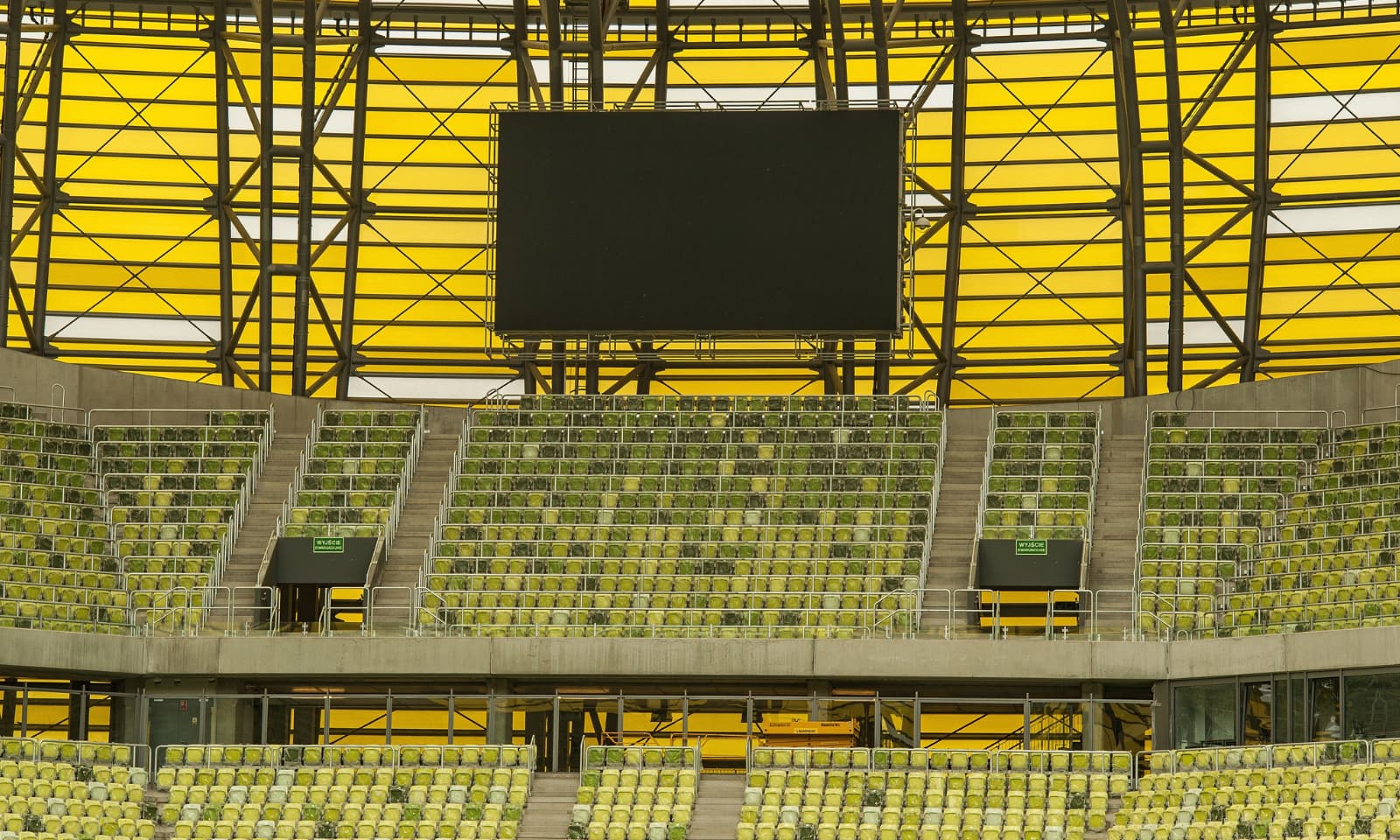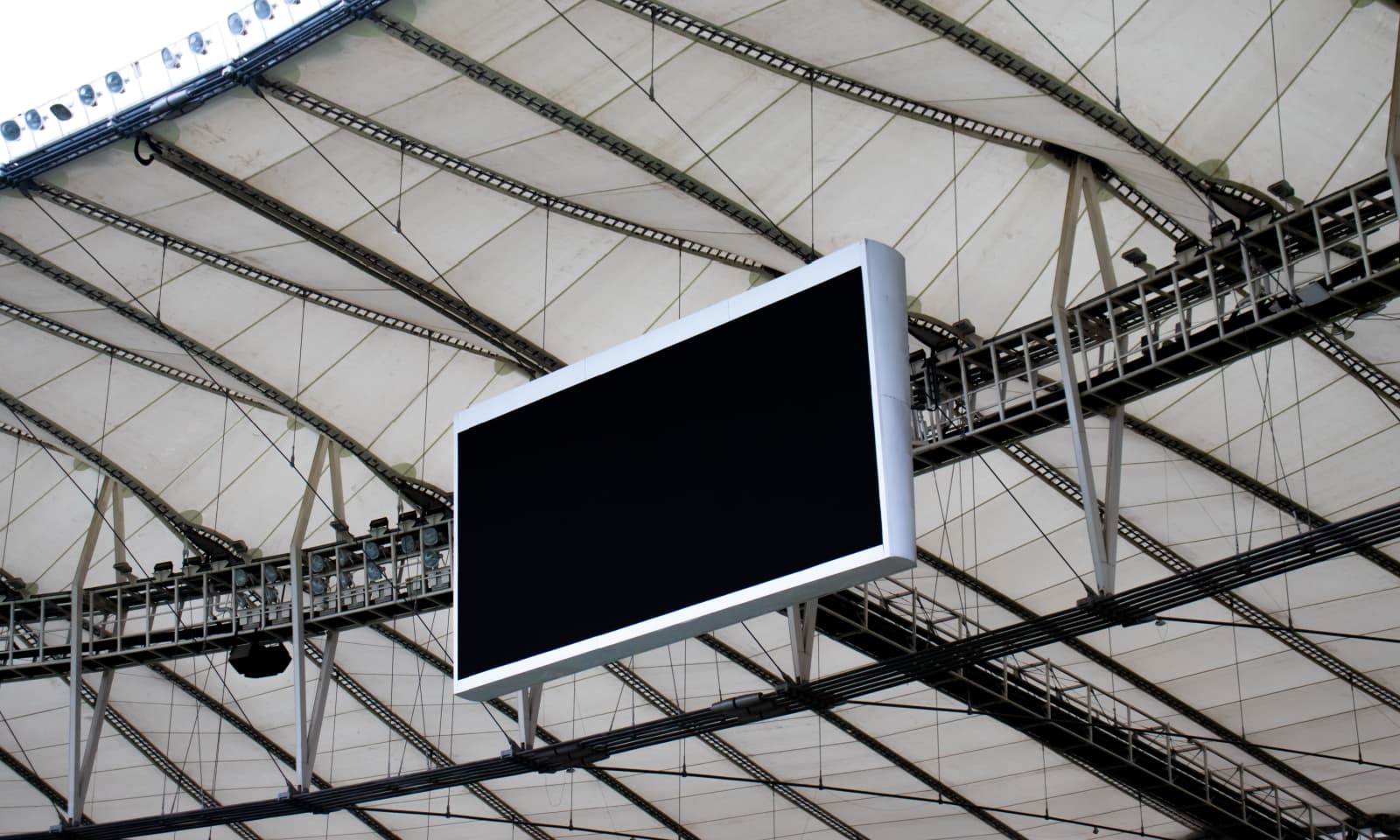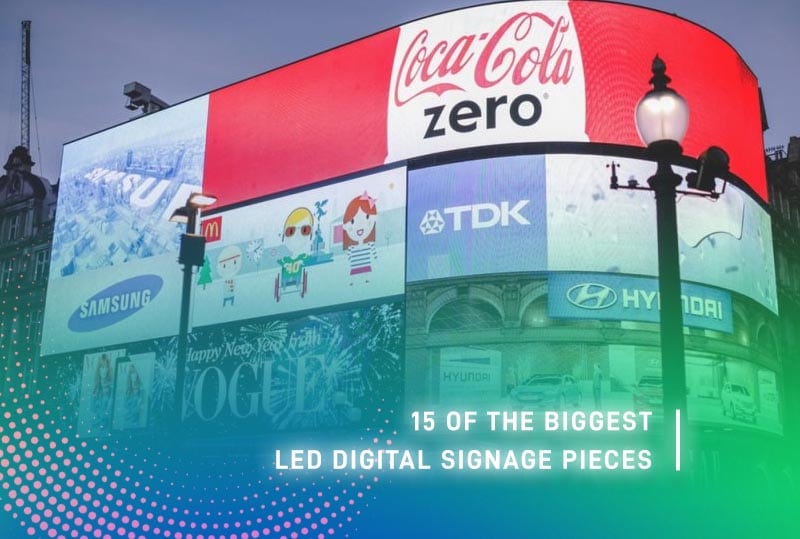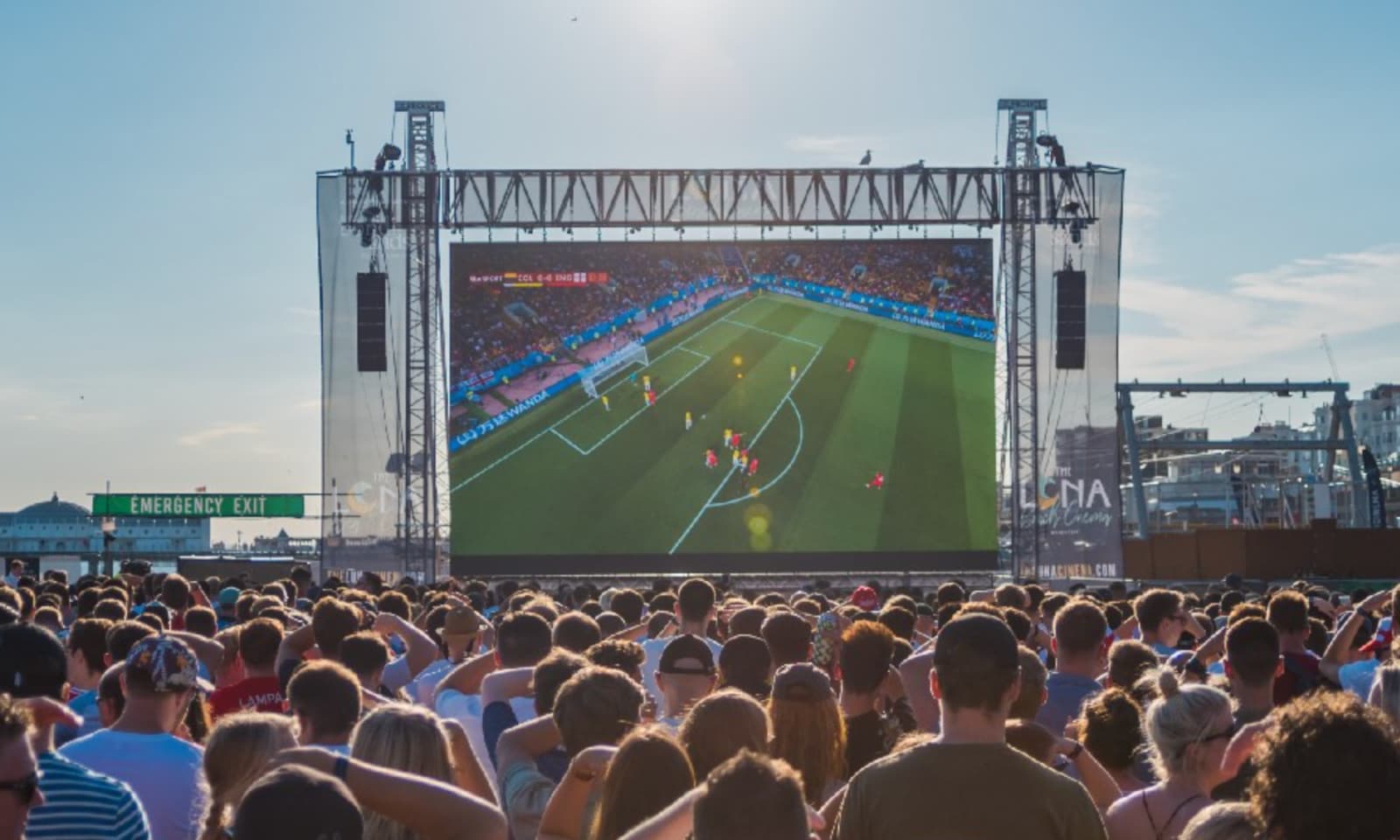How do LED screens use statistics to enhance the stadium experience?
LED screens haven’t always been a fixture of sports stadiums, but there’s no question they’ve been an integral part of the entire experience for quite some time now. With decades of experience behind us here at Scanlite, we have a particularly deep understanding of all the ways in which stadium screens can benefit games like football, cricket and rugby – and one of the most influential is by providing a vehicle for sports statistics.
That’s important for a variety of reasons, helping fans both to better understand what’s going on in the game, and enabling them to engage with it on a deeper level, so that ultimately they can enjoy it more. Here, we take a closer look at how digital displays can convey data to fans of the game – and exactly why that’s so important.
The growing role of digital displays in conveying statistics
Let’s be honest – there are legions of sporting fans who are all about the action. For these fans, it’s far more exciting to follow the match moment-to-moment – the data and the graphs and the numbers often feel more like a distraction at best, and outright dull at worst. And to be clear, that’s a perfectly valid way to enjoy a game – plenty of us do exactly the same here at Scanlite!
Other fans, though, are all about the analysis. The data adds a new layer to their enjoyment of the game – enabling them to come up with their own interpretations, their own theories, their own opinions. (And cards on the table; we all relish feeling like experts in the things we enjoy, don’t we?)
That’s where stadium screens come in – they can serve as a powerful tool for conveying a wide array of statistics that cater to the audience’s desire for information.
How do stadium screens communicate data to fans and pundits?
There’s no shortage of ways. Among the most common displays are player histories and records, which highlight individual accomplishments such as career goals and assists. It’s not unusual for these to be shown just before the game begins in earnest.
As the match progresses on the other hand, real-time updates play a crucial role in keeping fans engaged. They provide immediate insights into player performance, including goals scored and fouls committed, which helps spectators follow the action more closely, and track how individual players contribute to the overall team effort in real time.
In addition to real-time updates, the comparative statistics featured on stadium screens enhance the competitive narrative of the match. Fans can see head-to-head statistics between players, offering a richer understanding of the contest unfolding before them. That can prompt lively discussion between fans and supporters of the same teams, boosting the social aspect of the game.
The visual aspect of statistics also goes a long way to boosting fan engagement too. Graphics and infographics bring complex data to life, transforming numbers into easily digestible visuals so that people can understand it without taking their eyes off the pitch for too long. Animated graphics illustrate player movements, while infographics summarise performance trends, making the information more accessible and exciting. This effectively keeps fans’ attention and encourages them to explore the deeper narratives behind the statistics.
And of course, these often highlight crucial milestones during games, for example by showing when a player is on the verge of breaking a record or achieving a personal best. LED screens often go a step further by providing explanations of how certain statistics are calculated, such as what constitutes a “key pass” or how possession percentages are derived. This educational aspect not only deepens fans’ understanding but also enriches the overall viewing experience.
How does this impact fan engagement?
Well, we’ve already touched upon a couple of elements above – a lot of it comes down to providing the figures fans need to make analyses themselves, while also making lots of aspects of the game easier to understand. When fans have context for what is happening on the field, they can appreciate the intricacies of play rather than simply focusing on the final score. This contextualisation is vital for both casual viewers and dedicated fans who want to deepen their understanding of the sport.
What’s more, the statistics displayed help fans anticipate upcoming plays or strategic shifts. For instance, knowing a player’s average goals per game can inform spectators about the likelihood of a goal when that player is in a scoring position. This kind of insider knowledge enriches the individual experience – and again, it can make almost anyone an amateur pundit, a role almost every fan loves to play.
Plus, as fans share and debate statistics, it sparks conversations about upcoming plays and player performances, creating an atmosphere of shared enthusiasm. This engagement elevates the overall experience of being at the stadium, as spectators exchange insights and opinions in real time.
And of course, interactive elements like live polls further draw fans into the action. Inviting them to predict outcomes – such as who will score next or the result of a specific play – stadiums cultivate an environment where fans feel actively involved in the unfolding drama.
Stadium screens are one of our major types of outdoor displays here at Scanlite, and we have a long history of designing, supplying and installing them at locations up and down the country. You can use our contact form to make an enquiry, or if you’ve got any questions or need any advice, don’t hesitate to give us a call on 01253 302 723. We’re always happy to help!














